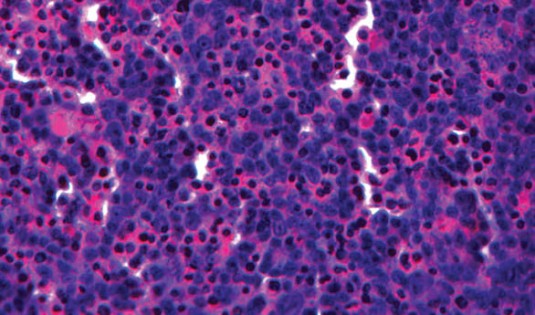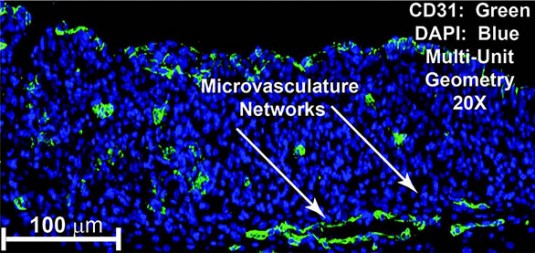Moving beyond single arrays allows complex medical research.
3D bio-printing research firm Organovo announced this week it has crafted an in vitro three-dimensional human liver using its bio-printing technology. Organovo CEO Keith Murphy made the announcement at the Experimental Biology Conference in Boston. (For background on Organovo, see our article, “Autodesk teams with Organovo for 3D bio-printing.”)

“We have achieved excellent function in a fully cellular 3D human liver tissue, [demonstrating] the power of bio-printing to create functional human tissue that replicates human biology better than what has come before,” says Murphy. Having created functional 3D liver tissue, ongoing testing has the potential to revolutionize medical research. “We believe these models will prove superior in their ability to provide predictive data for drug discovery and development, better than animal models or current cell models,” says Murphy.
The breakthrough is the 3D nature of the bio-printed material. Previously researchers have only been able to use bio-printing technology for single-cell thicknesses. The new liver material is up to 500 microns in thickness in the smallest dimension, consisting of multiple cell types arranged in defined spatial patterns that reproduce key elements of native tissue architecture. Organovo says tissues were fabricated using their proprietary NovoGen bioprinting platform, are highly reproducible, and exhibit superior performance compared to standard 2D controls.
Three key features distinguish this next generation of bio-printing of human organ material, says Dr. Sharon Presnell, Organovo CTO. “First, the tissues are not a monolayer of cells; our tissues are approximately 20 cell layers thick. Second, the multi-cellular tissues closely reproduce the distinct cellular patterns found in native tissue. Finally, our tissues are highly cellular, comprised of cells and the proteins those cells produce, without dependence on biomaterials or scaffold for three-dimensionality. They actually look and feel like living tissues.”






